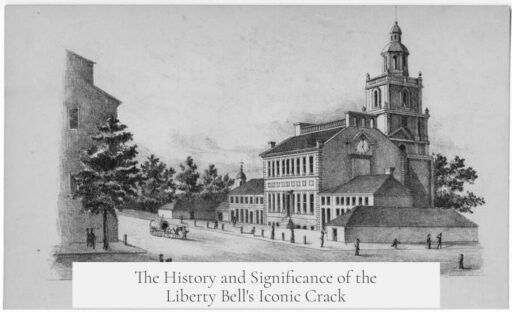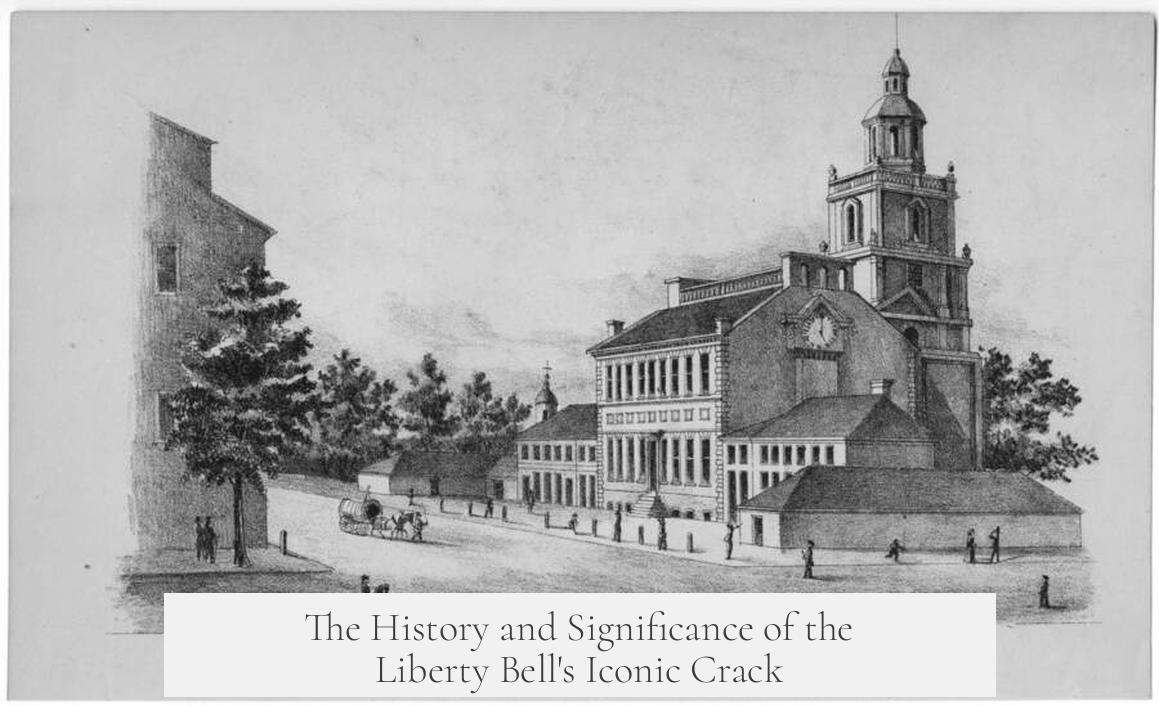The Liberty Bell is cracked due to a combination of original casting flaws, alloy brittleness, and defects introduced during its re-casting. Initially, the bell cracked on its first test ring in 1752 because of a brittle alloy composition. Subsequent repair attempts failed, and when it was re-cast locally, the new casting introduced more impurities and inconsistencies in the alloy. Over time, these weaknesses caused the bell to crack officially in 1838.
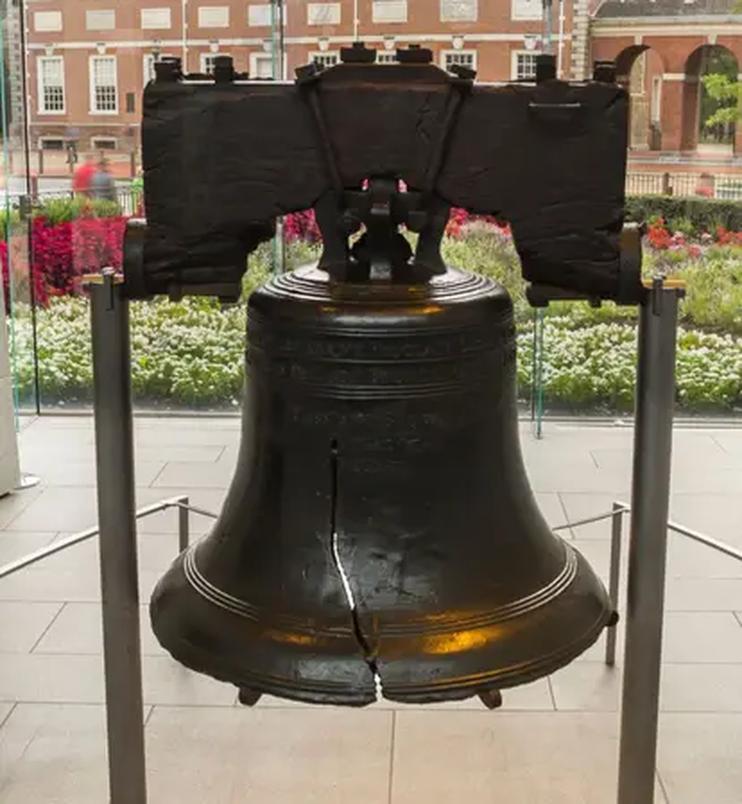
The Liberty Bell was ordered by the Pennsylvania Assembly in 1751 from the Whitechapel Foundry in Britain. At that time, no local foundries in the American colonies could cast such a large bell. Within a year, the bell arrived but cracked immediately during its first test ring, even before installation. This initial crack was a result of a brittle alloy. The Pennsylvania officials blamed the foundry for using an improper mixture, while the foundry suggested the bell ringer struck it incorrectly during testing.
The bell’s alloy composition is key to understanding its fragility. Bells require a high tin content—typically around 20-25%—to create a sound that sustains when rung. However, this same tin makes the bell more brittle. It is likely that Whitechapel foundry inadvertently increased the tin percentage above 23%, possibly by mixing bronze scrap unrecognized as such during melting. This high tin content elevated the brittleness risk substantially, making the bell prone to cracking under stress.
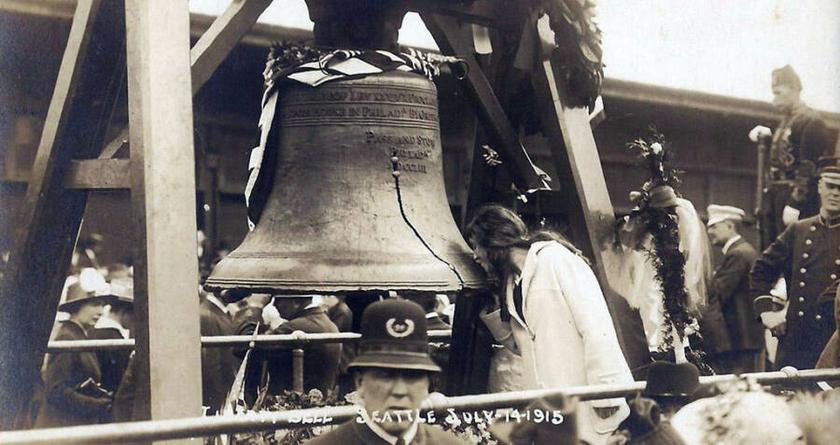
Following the failure of the initial bell, repair attempts involved filing the crack and adjusting the rim. These efforts did not succeed in restoring bell integrity. Consequently, the bell was sent for re-casting to John Stow, a local founder known for casting smaller pieces but inexperienced with casting large bells. Stow faced challenges such as melting over 2,000 pounds of metal, creating molds with sprues and risers to capture impurities, and using multiple small furnaces in place of a single large one.
During re-casting, Stow faced material constraints. Due to restrictions on importing tin to the colonies, he likely used scraps of pewter to adjust the alloy mixture. Pewter added lead and zinc contaminants not originally present in the bell’s alloy. These metals compromised the bell’s structural integrity further. Additionally, Stow lacked precise information about the original alloy’s composition and the methods to maintain the ideal tin-to-copper ratio. Each batch of metal likely varied, creating a non-homogeneous material with weak spots.
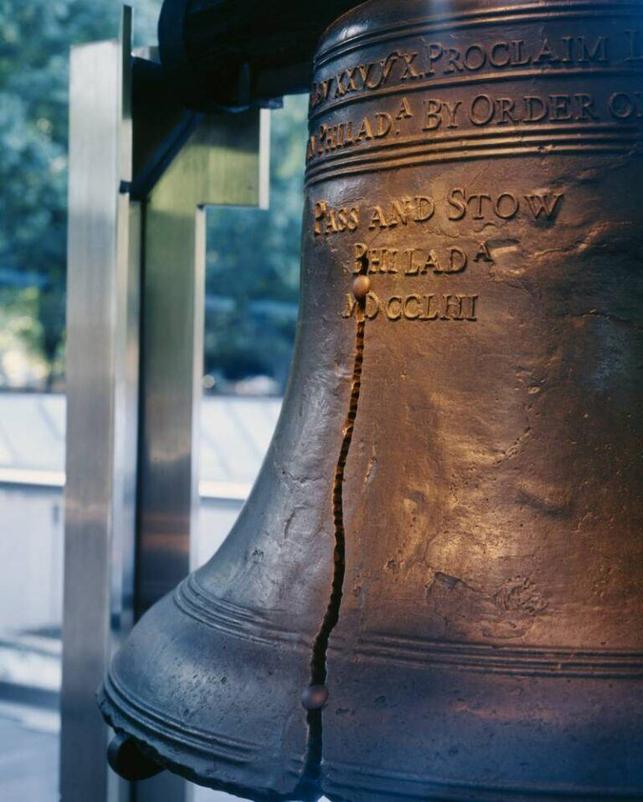
Modern chemical analyses of the Liberty Bell confirm these historical suspicions. The bell contains significant amounts of lead and zinc that would have come from the pewter added by Stow. The tin content varies between 25% and 30%, above the optimal range, increasing brittleness. The bell’s surface and interior also show many defects such as pits and inclusions of foreign matter. These act like cracks or notches, which concentrate stress and make cracking more likely.
Physical wear and damage over the centuries, including the loss of some material from souvenir hunters, have further weakened the bell. The combination of original alloy problems, impurities added during re-casting, and structural defects made the bell prone to crack formation. It eventually cracked during the tolling for Chief Justice John Marshall in 1838. The crack was an inevitable result of this accumulation of metallurgical weaknesses.
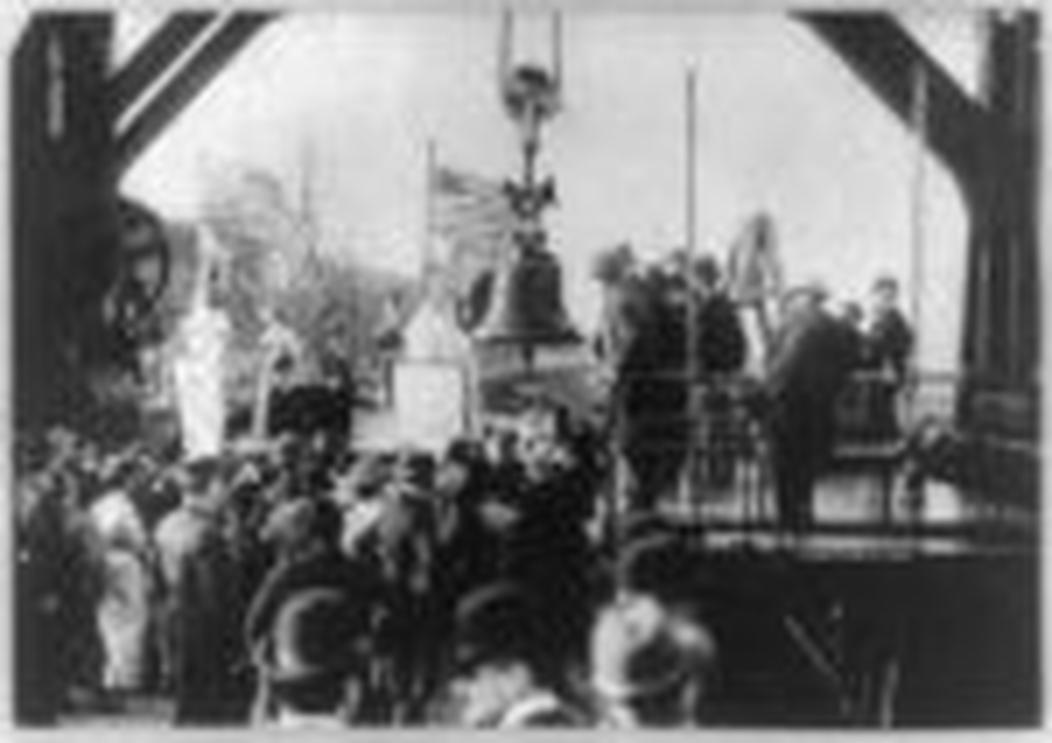
| Factor | Impact on Cracking |
|---|---|
| Original alloy brittleness (high tin) | Increased likelihood of cracking on first ring |
| Use of pewter scraps in re-casting | Introduced lead and zinc contaminants, compromising strength |
| Inexperience of the local founder (John Stow) | Non-homogeneous casting and variable alloy composition |
| Structural defects (pits, inclusions) | Stress concentrators that promote crack propagation |
| Wear and material loss over time | Reduced bell thickness and further weakening |
The Liberty Bell’s cracking story reveals the challenges in early bell casting and metallurgy. It underscores how material composition, casting skill, and alloy contaminants directly affect durability. Even with repair attempts, some flaws could not be undone. The bell’s crack symbolizes both its historic journey and the limitations of technology in the 18th century.
- The bell originally cracked due to high brittleness from an alloy with excessive tin content.
- Re-casting by John Stow introduced lead and zinc contaminants, worsening alloy quality.
- Defects like pits and inclusions created stress points prone to cracking.
- The famous crack occurred during 1838 bell tolling, a result of accumulated weaknesses.
- The Liberty Bell remained a symbol despite metallurgical flaws that made it fragile.
Why is the Liberty Bell Cracked? The Untold Story of a Historic Flaw
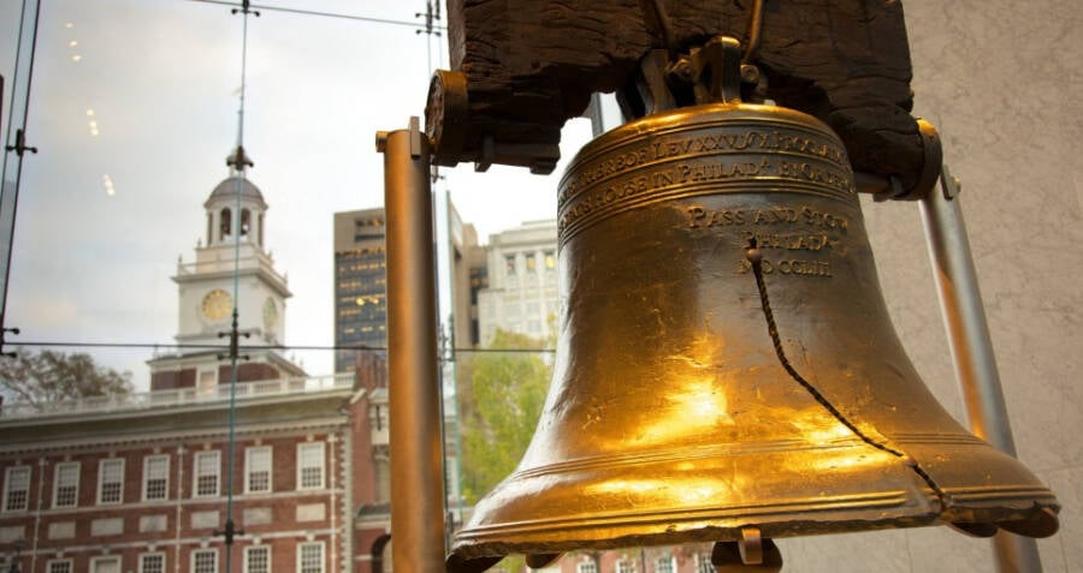
The Liberty Bell’s crack is a tale of metallurgy mishaps, casting challenges, and a bit of historical bad luck. Simply put, it cracked due to a combination of brittle alloy composition and flawed recasting attempts, making it destined to fail eventually. But don’t let this misfortune overshadow its iconic status. Let’s dive into the riveting history and science behind the crack.
What caused that famous fissure? From the moment the bell arrived from England, it was a flawed masterpiece. It’s like a prized new car with a faulty engine—destined to sputter. When Pennsylvania ordered the Liberty Bell from the British Whitechapel Foundry in 1751, local foundries couldn’t handle the job. The Pennsylvania Assembly waited eagerly for a year. When the bell finally arrived, it cracked on its very first ring, before it even hung in the Statehouse.
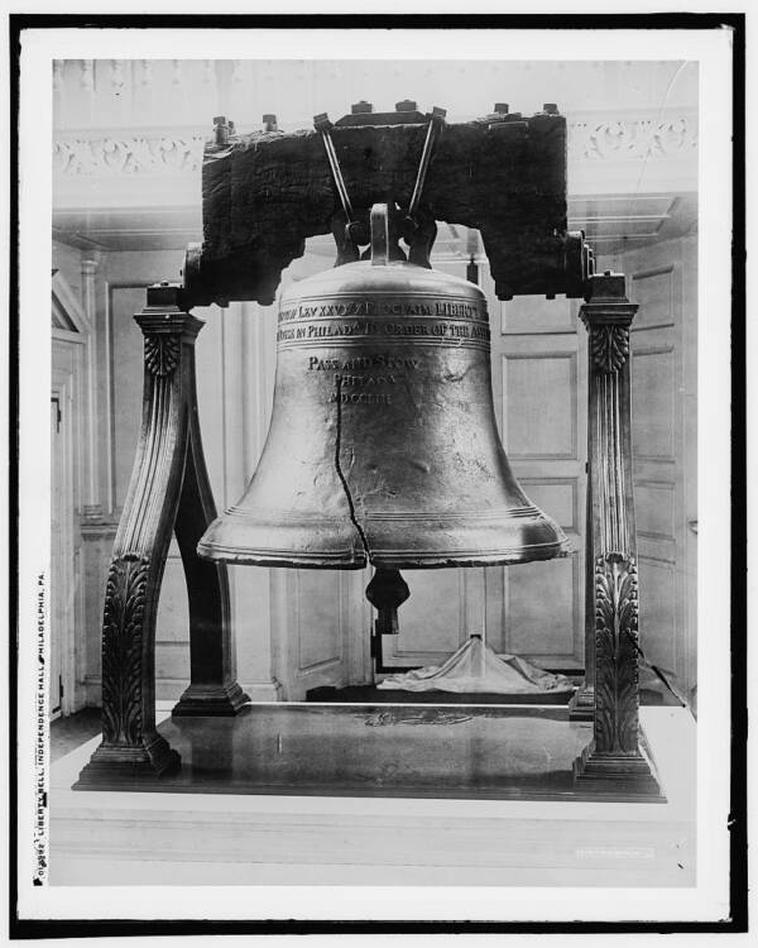
Surprise! The crack wasn’t due to rough handling, at least according to some. Pennsylvania blamed the brittle alloy used, while the foundry argued against the bell ringer’s technique. Who’s right? Both had points, and the truth lies in the metal.
Alloy Composition: The High-Tin Trap
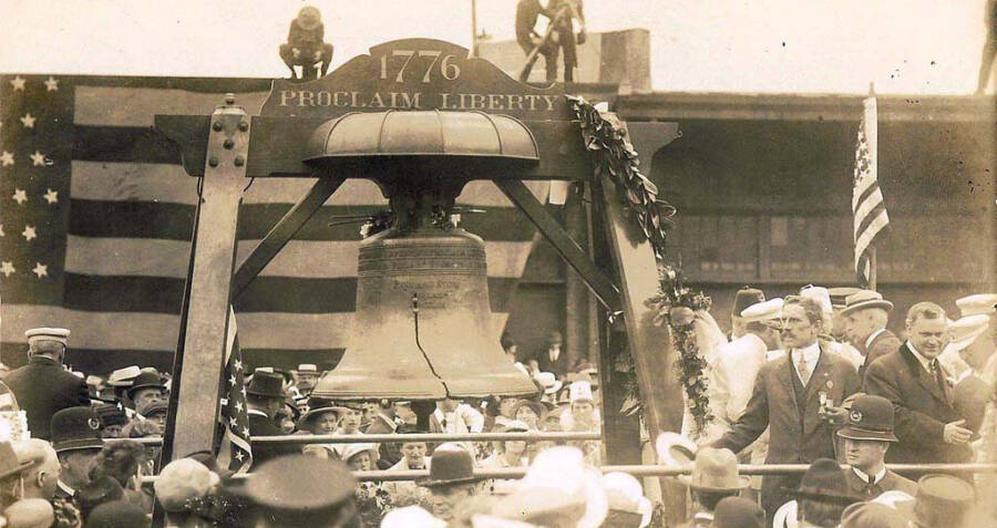
The sound of a bell ringing sweetly depends on a special alloy mix—primarily copper and tin. Tin sustains sound, allowing the bell to ring longer. But here’s the catch: more tin means more brittleness. Too little tin, the bell sounds dull; too much, and it’s prone to cracks.
The Liberty Bell’s tin content may have exceeded the safe limit—over 23%. One popular theory? The Whitechapel Foundry could have accidentally mixed in bronze scrap, mistaking it for copper, hiking the tin concentration dangerously high. The foundry claimed the Liberty Bell was a unique failure in their 400-year history, implying a rare but critical alloy error.
From London to Philadelphia: The Recasting Challenge
After the initial crack, attempts to file or fix it were in vain. The local metalsmith and clockmaker John Stow took on the daunting task of recasting the bell. Here’s the catch: John had experience with smaller bronze and brass pieces but never with a 2,000-pound bell. Imagine baking a tiny cake versus a giant wedding cake with no recipe and limited ingredients.
Without a huge furnace, Stow probably melted the alloy in several smaller batches. Consistency? Not his strong suit. That explains why parts of the bell varied in composition. Worse, importing tin was tricky due to colonial restrictions. To tweak the alloy, Stow likely added pewter scraps, introducing elements like lead and zinc, which weren’t in the original mix. These impurities didn’t help the bell’s durability.
Defects, Pits, and Pots of Trouble
Modern chemical analysis paints a picture of a troubled bell. Lead and zinc lurk in its metal, thanks to the pewter. The tin content ranges wildly between 25% and 30%, well above the safe limit. And the bell’s surface is riddled with pits and contaminant “inclusions.” Think of these as tiny cracks waiting to start—the bell had numerous stress points.
These flaws acted like the notches on a brittle twig, a single tap and it snaps. Every metal pour and mix varied, ensuring a patchwork of fragile and brittle zones. With these many imperfections, a crack was all but guaranteed someday.
The Fateful Final Crack
Nearly 90 years after the bell’s arrival, it cracked again—this time for good. The break occurred in 1838 while tolling the death of Chief Justice John Marshall. The crack wasn’t a sudden surprise but the inevitable outcome of years of brittle metal, internal weakness, and cumulative damage. The Liberty Bell’s story is one of a beautiful but flawed artifact, doomed to crack from the start and worsened by an inexperienced recast and questionable alloy tweaks.
What Does This Teach Us?
Beyond the famous crack lies a lesson in metallurgy, patience, and craftsmanship—a reminder that even national symbols can have imperfect origins. The bell shows the challenges early America faced in materials science and trade restrictions. Tin shortages, local skill limits, and alloy improprieties all played their part.
And what about those fields of defects? They are nature’s tiny saboteurs hidden inside materials, emphasizing the importance of quality control—something modern foundries master with high-tech tools but was nearly impossible centuries ago.
Fun Fact:
- The Liberty Bell has lost parts of its rim, taken by souvenir hunters over the years—possibly up to 2 inches missing! This, plus the defects, means the bell seen today is much different in feel and sound from the original.
- The Whitechapel Foundry, famous for Big Ben, claims not another bell ever cracked on first striking in 400 years—making the Liberty Bell’s flaw quite legendary.
So, How Should We Think About the Crack?
It’s tempting to see the crack as a simple accident. But the reality? It’s a complex interplay of materials, colonial economics, and manufacturing skills. The crack tells a story of human effort, ambition, and the limits of technology in a young nation.
Next time you see the Liberty Bell, remember it’s not just a cracked cast bell. It’s a symbol of perseverance, telling us that sometimes, imperfections become the most enduring marks of history.
Got Questions or Thoughts?
What other historical symbols might have surprising backstories like this? Could other famous artifacts also have hidden flaws? The Liberty Bell’s story challenges us to look beyond surface perfection and appreciate the journey—warts and all.
Reference: Hanson, V. F., Carlson, J. H., Papouchado, K. M., & Nielsen, N. A. (1976). The Liberty Bell: Composition of the Famous Failure: A recent study… American Scientist, 64(6), 614–619.
Why did the Liberty Bell crack the first time it was rung?
The bell cracked during its first test ring before installation. The Pennsylvania Assembly blamed the brittle alloy. The foundry said the bell ringer might have struck it improperly, causing the crack.
How did the alloy composition affect the bell’s durability?
The bell’s alloy had high tin content to make it ring longer, but this added brittleness. Tin above 23% can cause cracks. The foundry may have mistakenly raised the tin level using bronze scrap.
What happened when John Stow recast the Liberty Bell?
John Stow recast the bell locally. He lacked experience with large bells. He likely used pewter scraps to adjust tin, adding lead and zinc, which weakened the bell and introduced defects.
Why do defects in the bell’s metal cause cracks?
The bell metal has pits, inclusions, and contaminants. These irregularities act like stress points where cracks can start. Combined with high tin, these defects made the bell more prone to breaking.
When and why did the final crack appear?
The famous final crack happened in 1838 during tolling. It was caused by inherent brittleness and internal flaws from the original casting and recasting. The bell’s defects made cracking inevitable over time.
